It is your GPOD editor, Joseph, here today, sharing photos of more wildflower adventures, this time in southern Indiana. It is amazing to me what beautiful flowers I saw and how many of them I have never seen in gardens! There is so much more we can do to truly appreciate and grow our beautiful native plants.
Giant waterleaf (Hydrophyllum appendiculatum, Zones 3–7) has big beautiful clusters of soft blue flowers.
Many of the hillsides I saw were just covered with clouds of these giant waterleaf blooms. This plant is a biennial, so after the flowers fade the plants will die, setting lots of seed to germinate and carry on the show in future years.
Prairie trillium (Trillium recurvatum, Zones 4–9) was a new species for me to see in the wild. Though the flowers are not as showy as those of the classic great white trillium (Trillium grandiflorum, Zones 3–9), they are beautiful and interesting and definitely reward a closer look.
Speaking of rewarding a closer look, wild ginger (Asarum canadense, Zones 4–7) has attractive foliage, but it is easy to overlook the flowers. Because they are pollinated by beetles that live on the ground, the blooms open not up in the air but down right at the soil surface, often even covered by leaf litter. But in the spring it is worth poking around a little to see and enjoy these unusual flowers.
Violet wood sorrel (Oxalis violacea, Zones 5–9) is a plant that was new to me, and I just fell in love with it. Some sorrels are weeds, but this is a wonderful little native. The little pink flowers were fine—but the foliage! I just loved the carpet it made of green leaves, each marked with a dark burgundy pattern. I would LOVE to have this carpeting my shade garden at home.
I’ve pulled a LOT of weedy, invasive, European chickweed (Stellaria media, annual) out of my gardens, but this native star chickweed (Stellaria pubera, Zones 4–11) actually surprised me by being quite beautiful!
I never get tired of seeing woodland phlox (Phlox divaricata, Zones 3–8). Each plant is a little different, and each one is beautiful.
Have a garden you’d like to share?
Have photos to share? We’d love to see your garden, a particular collection of plants you love, or a wonderful garden you had the chance to visit!
To submit, send 5-10 photos to [email protected] along with some information about the plants in the pictures and where you took the photos. We’d love to hear where you are located, how long you’ve been gardening, successes you are proud of, failures you learned from, hopes for the future, favorite plants, or funny stories from your garden.
Have a mobile phone? Tag your photos on Facebook, Instagram or Twitter with #FineGardening!
Do you receive the GPOD by email yet? Sign up here.
Fine Gardening Recommended Products
The Regenerative Landscaper: Design and Build Landscapes That Repair the Environment
Fine Gardening receives a commission for items purchased through links on this site, including Amazon Associates and other affiliate advertising programs.
2024 Nautilus Award Gold Medal Winner! This awe-inspiring guide weaves together permaculture design, food resiliency, climate adaptation, community organizing, and indigenous wisdom that you can implement in your own backyard.
The Nature of Oaks: The Rich Ecology of Our Most Essential Native Trees
Fine Gardening receives a commission for items purchased through links on this site, including Amazon Associates and other affiliate advertising programs.
The Nature of Oaks reveals what is going on in oak trees month by month, highlighting the seasonal cycles of life, death, and renewal. From woodpeckers who collect and store hundreds of acorns for sustenance to the beauty of jewel caterpillars, Doug Tallamy illuminates and celebrates the wonders that occur right in our own backyards. He also shares practical advice about how to plant and care for an oak, along with information about the best oak species for your area.
Planting in a Post-Wild World: Designing Plant Communities for Resilient Landscapes
Fine Gardening receives a commission for items purchased through links on this site, including Amazon Associates and other affiliate advertising programs.
Featuring gorgeous photography and advice for landscapers, Planting in a Post-Wild World by Thomas Rainer and Claudia West is dedicated to the idea of a new nature—a hybrid of both the wild and the cultivated—that can nourish in our cities and suburbs.
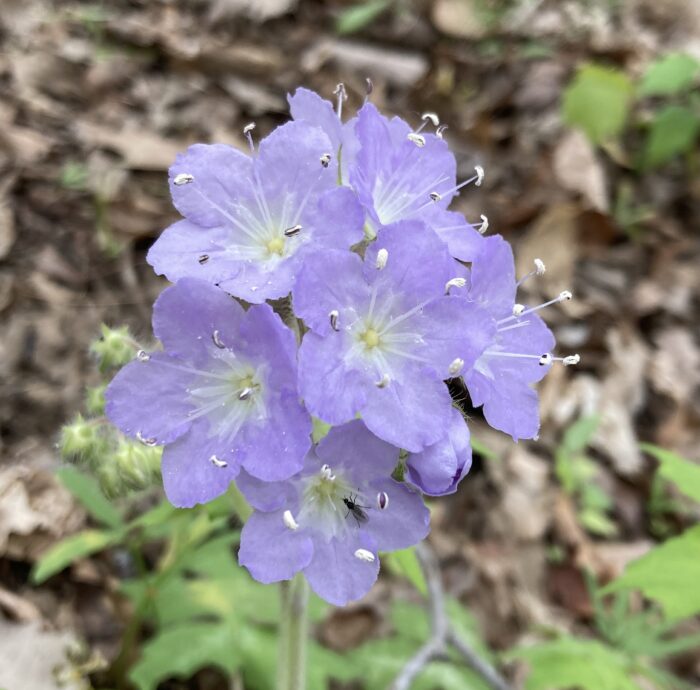
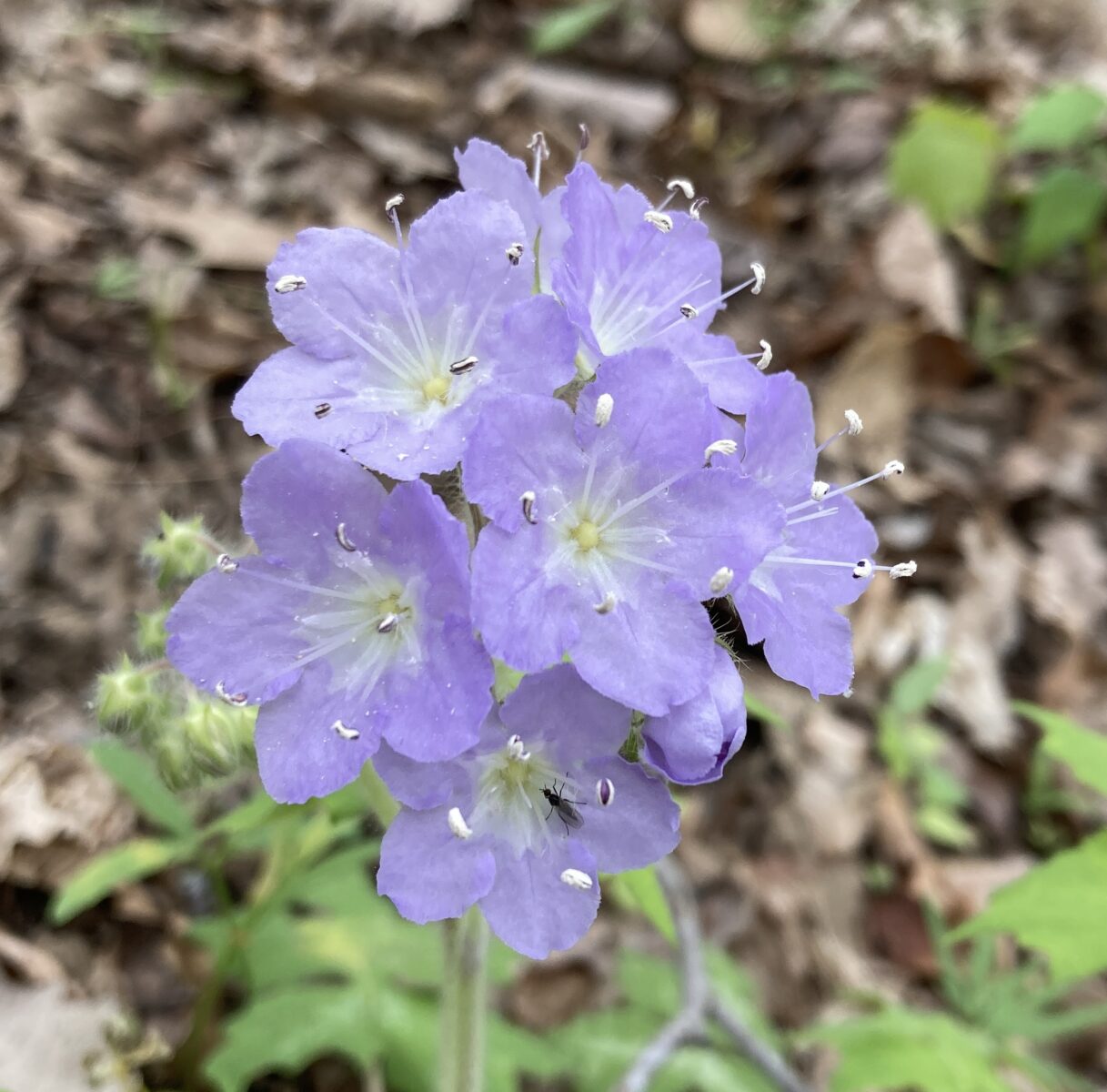




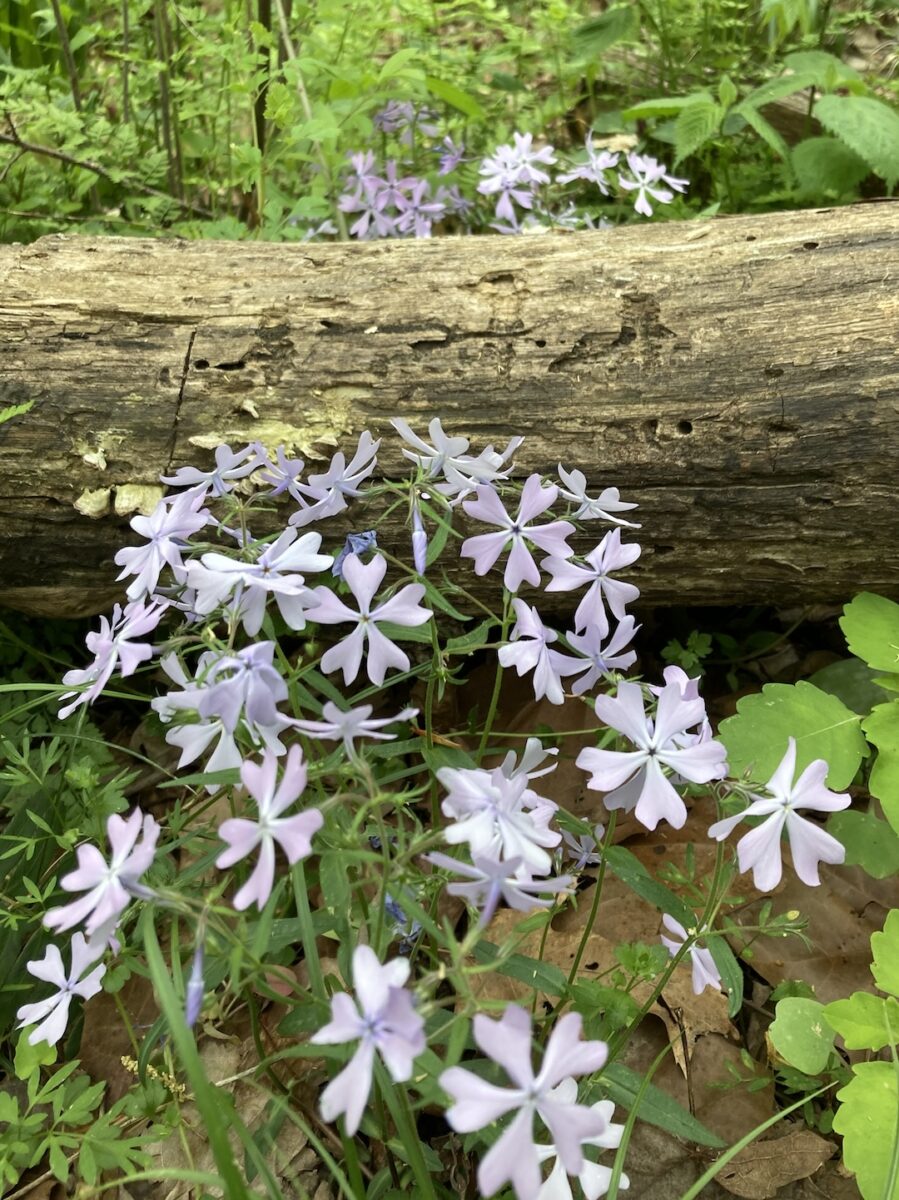

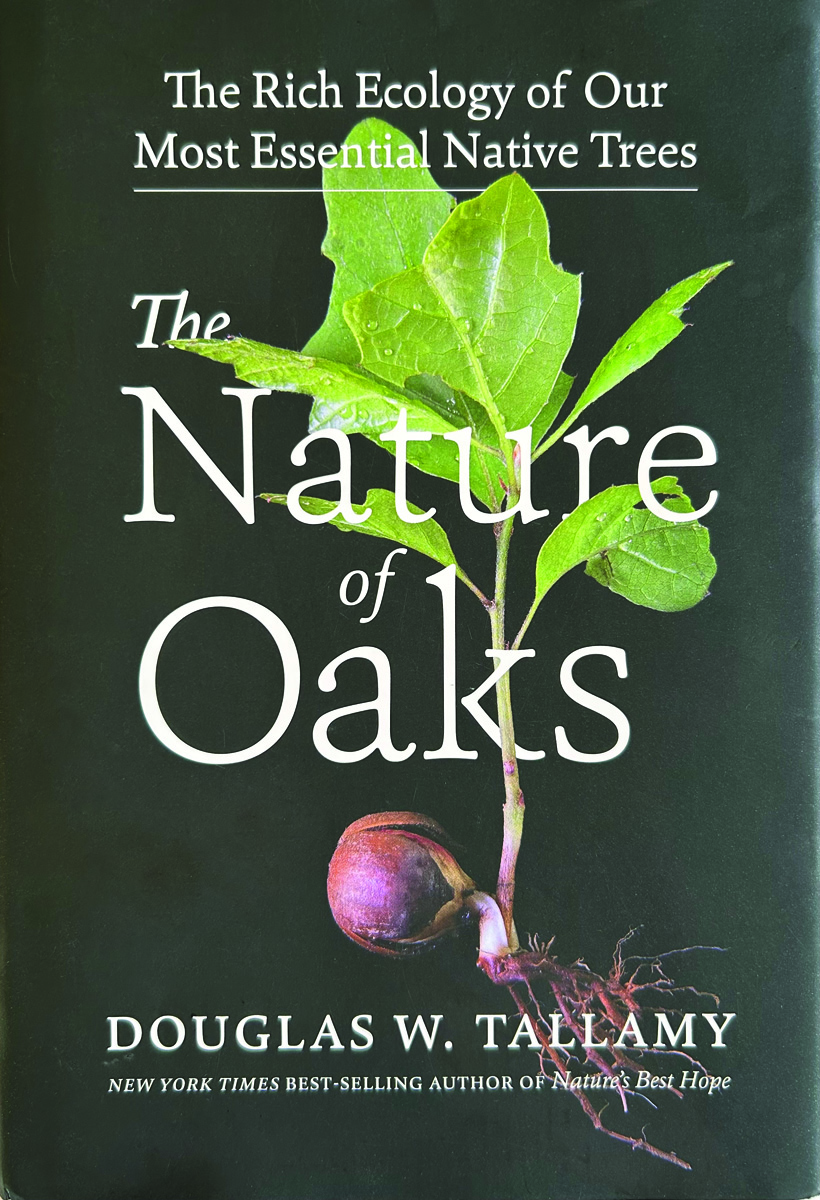
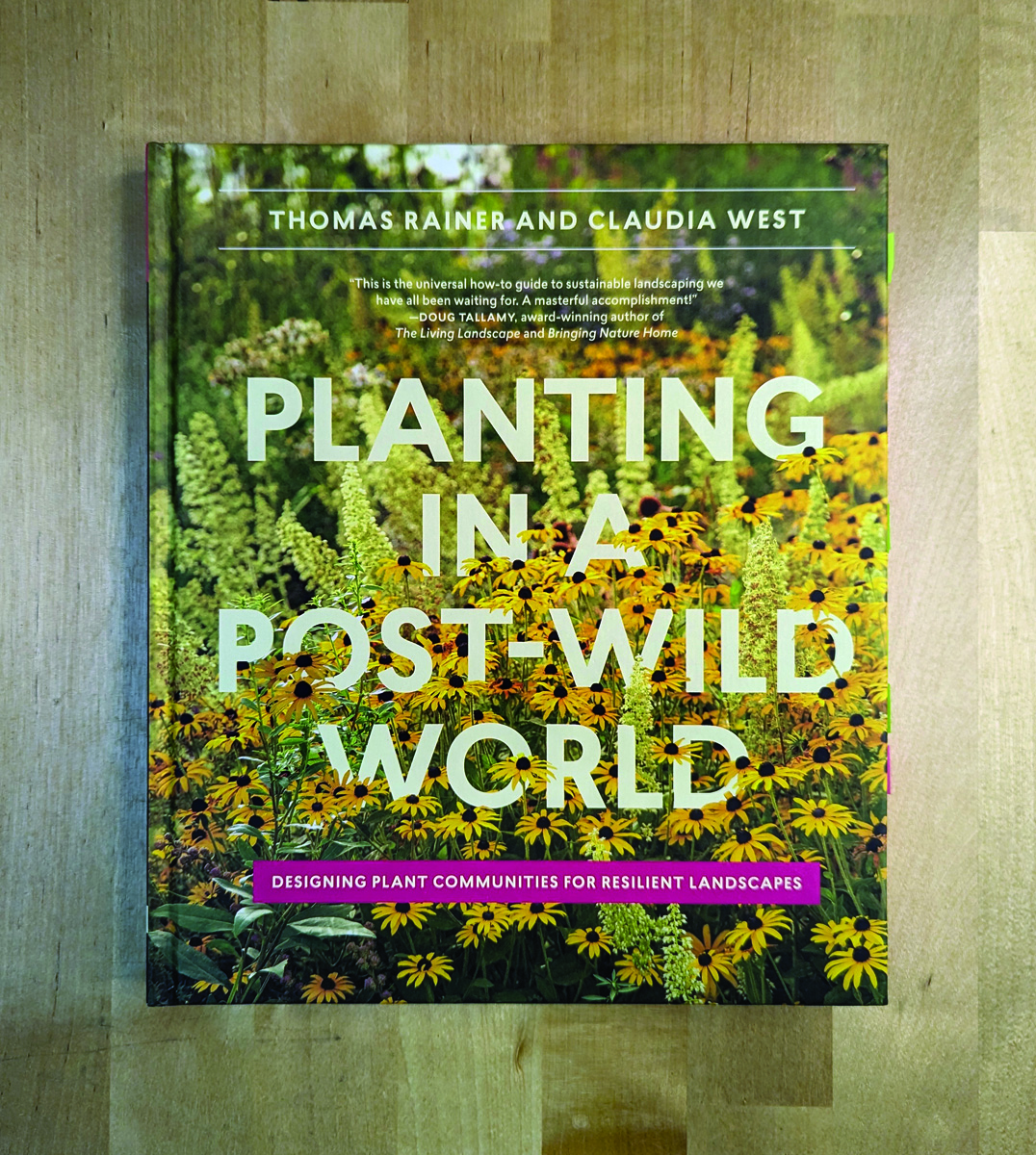

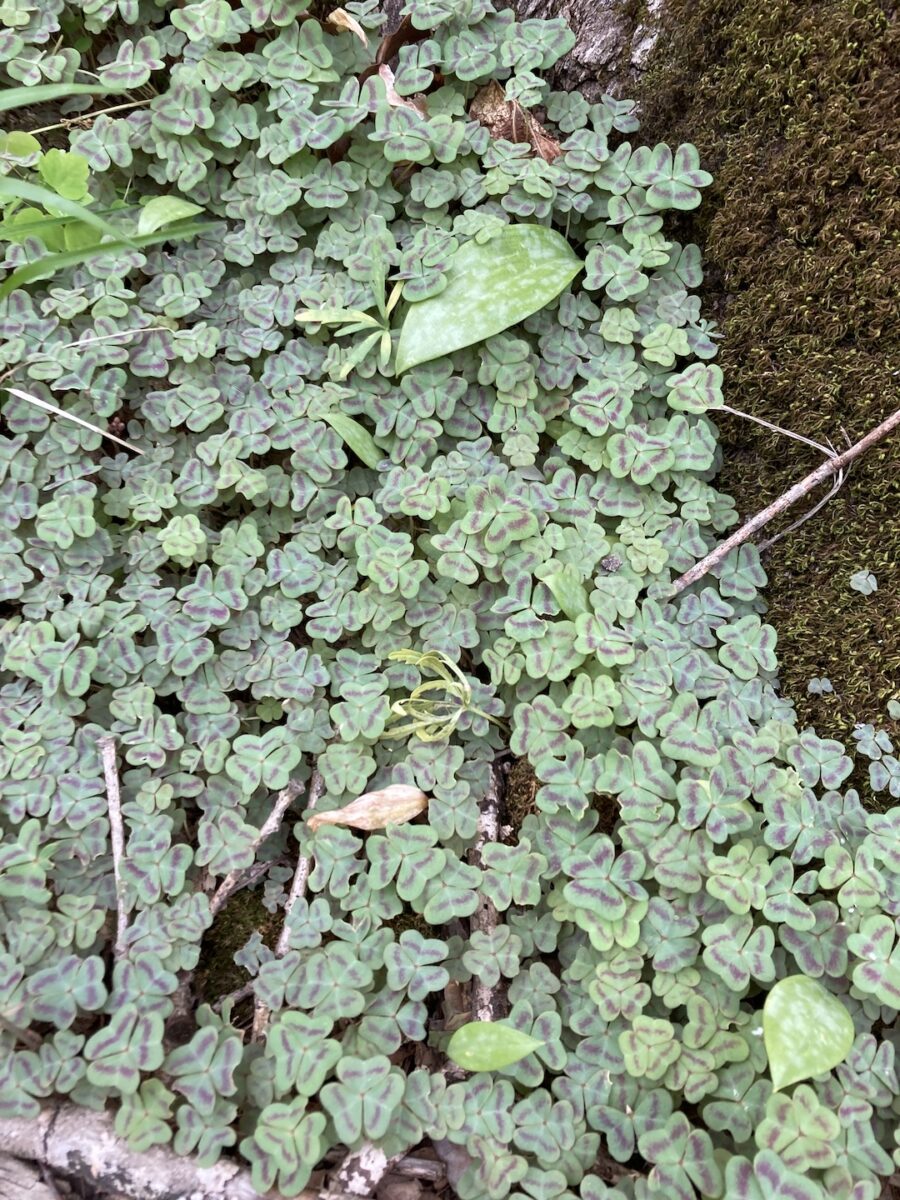


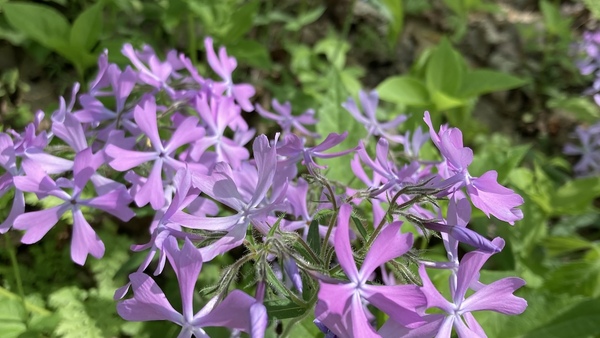
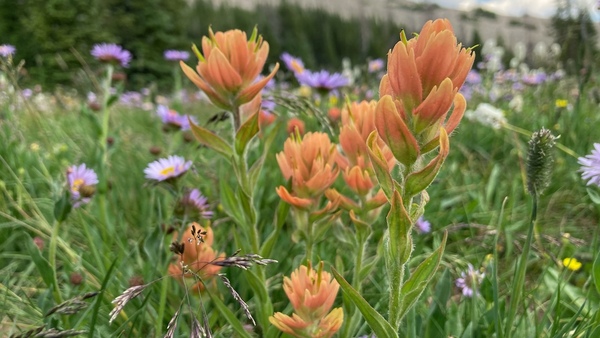
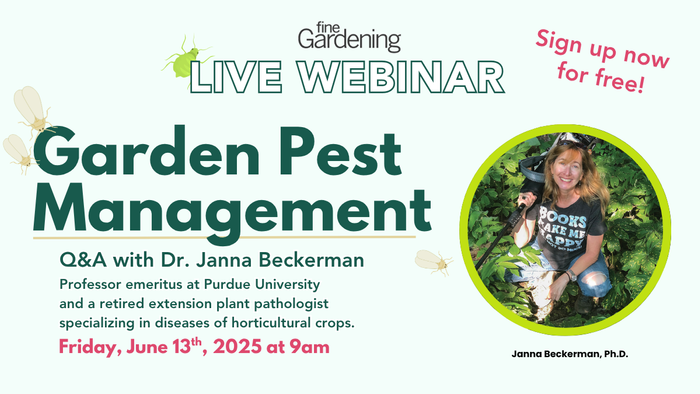
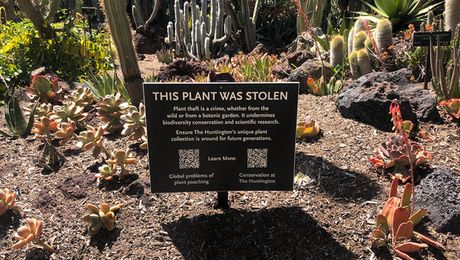
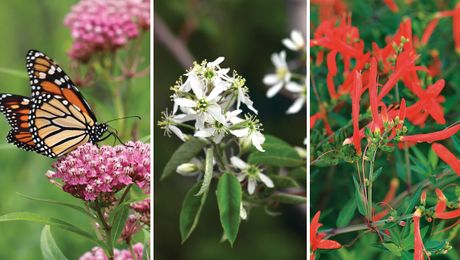


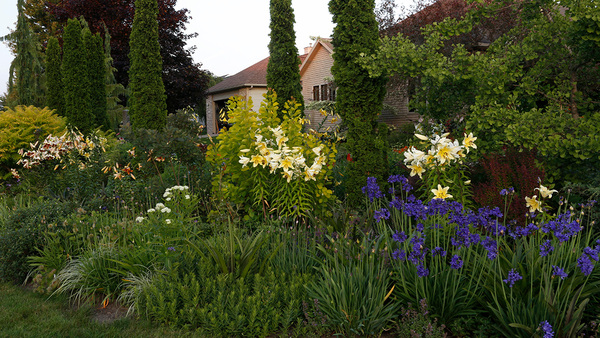




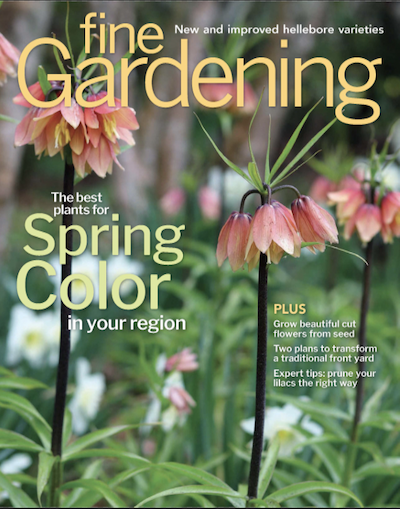


Comments
Wow! Most of these were unfamiliar to me even as a midwesterner who has spent a lot of time tromping around in the woods. Thanks for reminding us there are wonders everywhere.
Wow, I love purple Oxalis and have never heard of these amazing "Violet wood sorrel (Oxalis violacea" you shared here!
Also love those "Giant waterleaf (Hydrophyllum appendiculatum" which I've also never heard of until now!
Learned a lot today!
Giant waterleaf - so beautiful!
The native plants are truly beautiful! Thank you for taking the pictures and sharing them.
Are we sure on the ID of giant waterleaf? That sure looks like a type of phacelia to me.
Log in or create an account to post a comment.
Sign up Log in